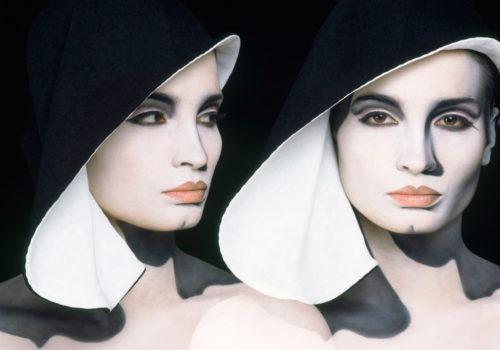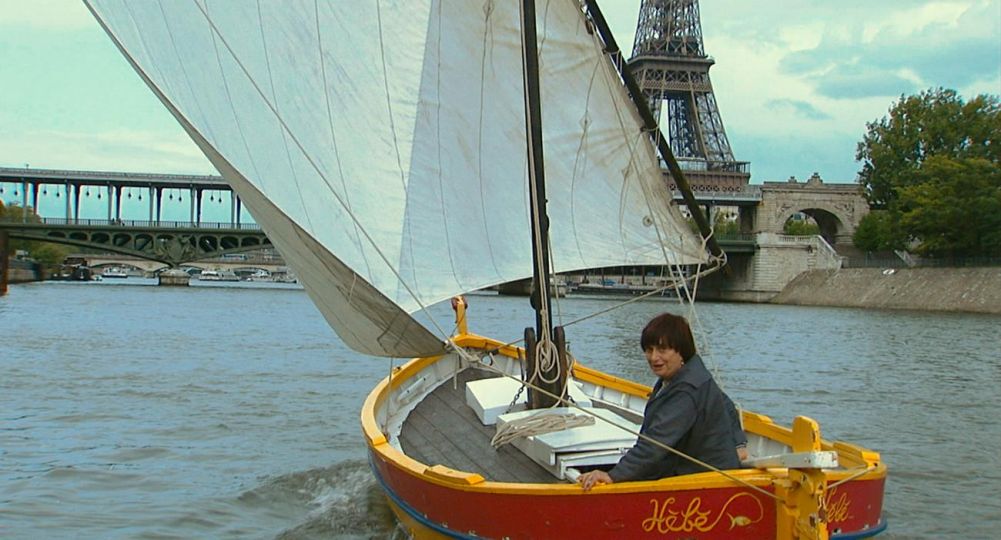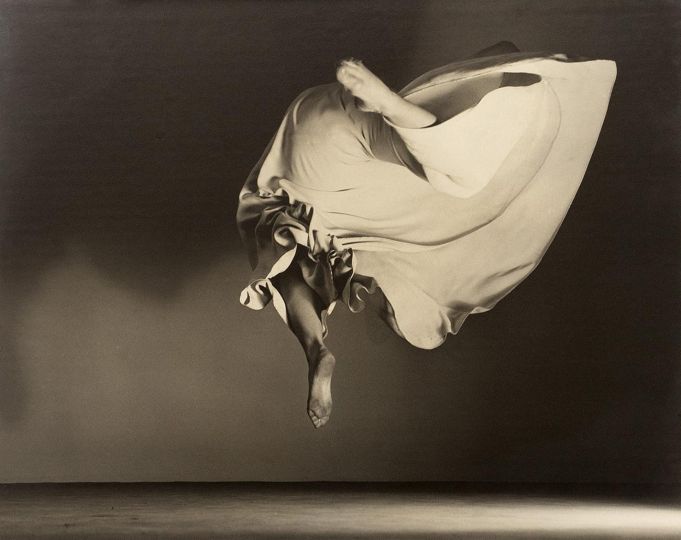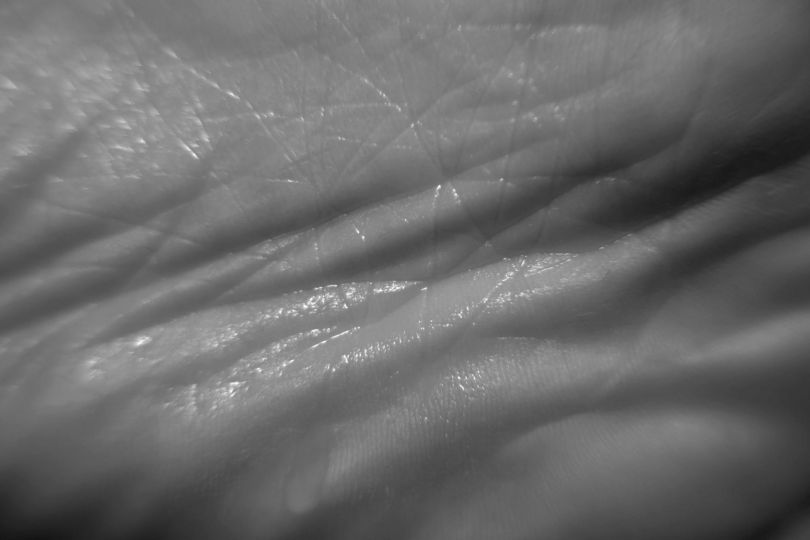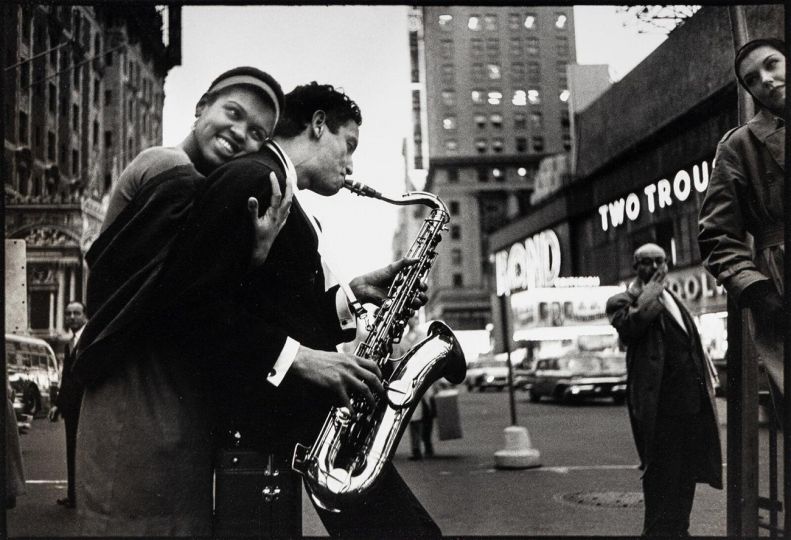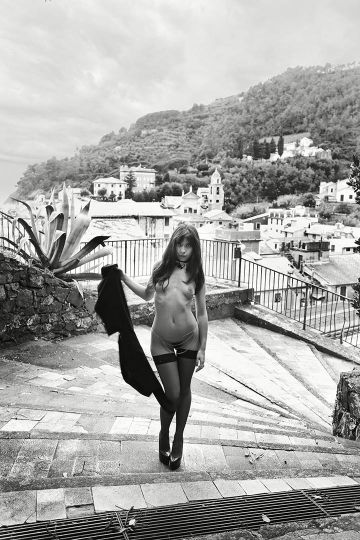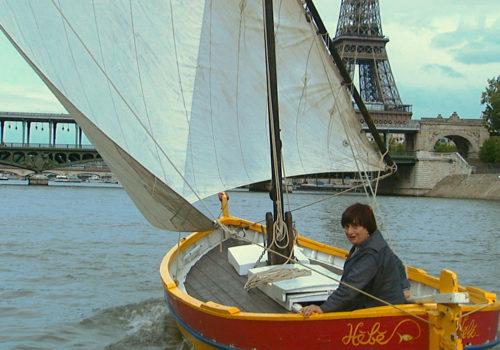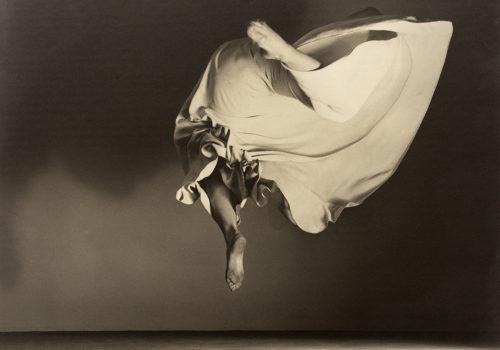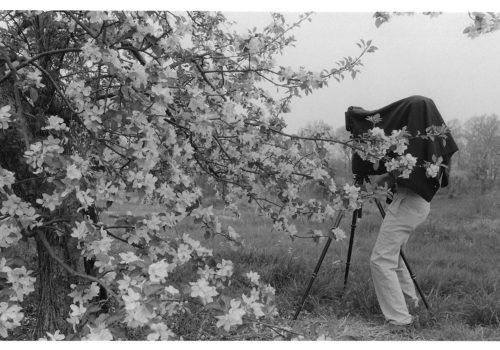In the 1980s Australian-born photographer Robyn Beeche turned her lens on the “gender-bending” world of counter-culture in London collaborating with the likes of Zandra Rhodes, Vivienne Westwood and Divine. Her groundbreaking images, many of which look like digital manipulations, were all shot in-camera on film, and executed through collaboration with make-up artists, designers and models.
For 30 years these photographs lay untouched as Beeche found inspiration photographing rituals in India, where she now spends half the year living in an Ashram community. Now they are on show in Sydney, reproduced in large format for the first time thanks to the vision of Black Eye Gallery owner Tom Evangelidis who encouraged Beeche to show her work on a grander scale.
This article is reserved for subscribed members only. If you are already a member, you can log in here below.
Subscribe for full access to The Eye of Photography archives!
That’s thousands of images and articles, documenting the history of the medium of photography and its evolution during the last decade, through a unique daily journal. Explore how photography, as an art and as a social phenomenon, continue to define our experience of the world. Two offers are available.
Subscribe either monthly for 8 euros (€) or annually for 79 euros (€) (2 months offered).

